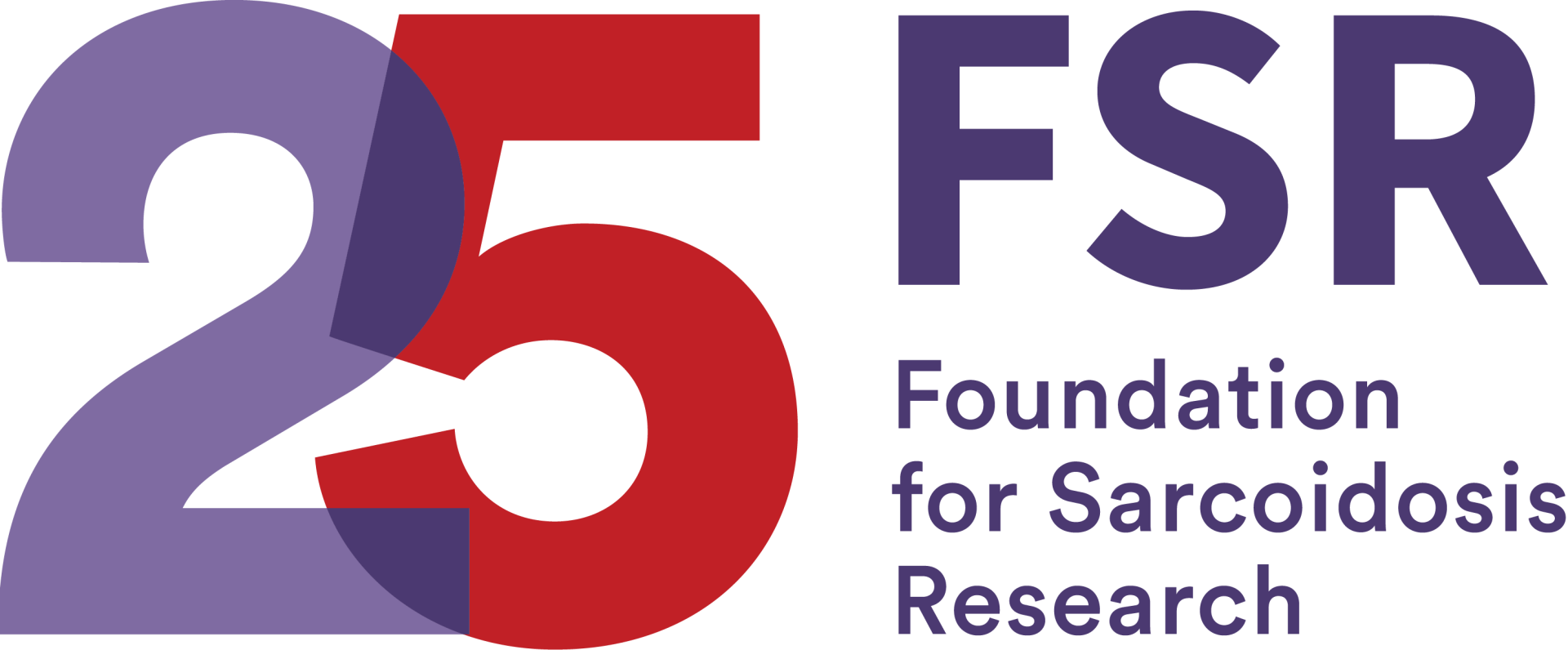Possible Causes
No one knows exactly what causes sarcoidosis, although our understanding of the mechanisms by which sarcoidosis develops is advancing. Experts currently think that one or more exposures in people who have a specific genetic makeup can cause cells in the body to react and start to recruit inflammatory cells to involved organs; that is, something starts an immune response. Some research suggests that bacteria, viruses, or chemicals might trigger the disease. Such triggers, although usually harmless in most people, might irritate the immune systems of people who are at genetic risk for developing sarcoidosis.
There are theories that the immune response may be overactive or in some cases inappropriate, and that this results in ongoing inflammation, the formation of granulomas, and in some cases, for scarring or fibrosis to occur. There is some growing evidence that this sarcoidosis immune response may also include an “autoimmune” response, with some reaction to “self” proteins. However, at the current time we do NOT consider sarcoidosis for the most part to be an autoimmune disease, like rheumatoid arthritis (RA) or systemic lupus erythematosis (lupus).
While the role of autoimmune mechanisms is still not well sorted out, some studies have found antibodies against human proteins at increased rates in some patients with sarcoidosis compared to others with and without sarcoidosis. In addition, the cells from some people with sarcoidosis demonstrate an immune response to some of their own proteins, similar to autoimmune diseases. The exact role of this “autoimmunity” in sarcoidosis is not clear, although it is actively being studied. It is not clear that the reaction to self-proteins is actually the main culprit behind the granulomatous inflammation—it may be a bystander caught up in a larger reaction.
The presence of this “autoimmune” process could support the use of some treatments that we have been testing in patients with sarcoidosis, such as rituximab. At this time, while we do not think that sarcoidosis is the same as diseases like RA, or lupus, studies do indicate that some of the immune reactions and genetic factors are similar between these diseases. Furthermore, there is an increased coincidence of some of these autoimmune diseases and sarcoidosis than would be expected by chance alone, including Sjogren’s disease and others, raising a question as to whether they share some of the same mechanisms. By better defining the mechanisms that cause sarcoidosis, including the role of inflammation, immune over or underreactivity and autoimmunity, we may be better able to treat patients with sarcoidosis and maybe one day, even prevent the disease.
In summary, although there are some similar features, based on today’s science we do not advocate using the label “autoimmune” to describe sarcoidosis.
What are the Risk Factors?
Once thought rare, sarcoidosis is now known to be common and affects people worldwide. The disease can affect people of any age, race and gender. However, it is most common among adults between the ages of 20 and 40 and in certain ethnic groups. Disease severity can vary by race or ethnicity:
- In the United States, it is most common in African Americans and people of European “particularly Scandinavian” descent. These groups can also experience more severe and chronic manifestations.
- Among African Americans, the most affected U.S. group, the estimated lifetime risk of developing sarcoidosis might be as high as 2 percent.
The disease is slightly more common in women than in men.
The disease manifests differently in different groups of people. While the lungs and lymph nodes are affected in almost everyone who has sarcoidosis, African Americans and people of Japanese descent are more likely to have eye involvement than Caucasians. On the other hand, skin lumps are most likely to affect people of Northern European descent, and those with a Japanese background seem prone to sarcoidosis-related heart problems.
Research also shows that risk appears to be elevated to some extent if someone in his or her close family has sarcoidosis, although researchers have not yet found a gene or genes linked to the development of sarcoidosis.
